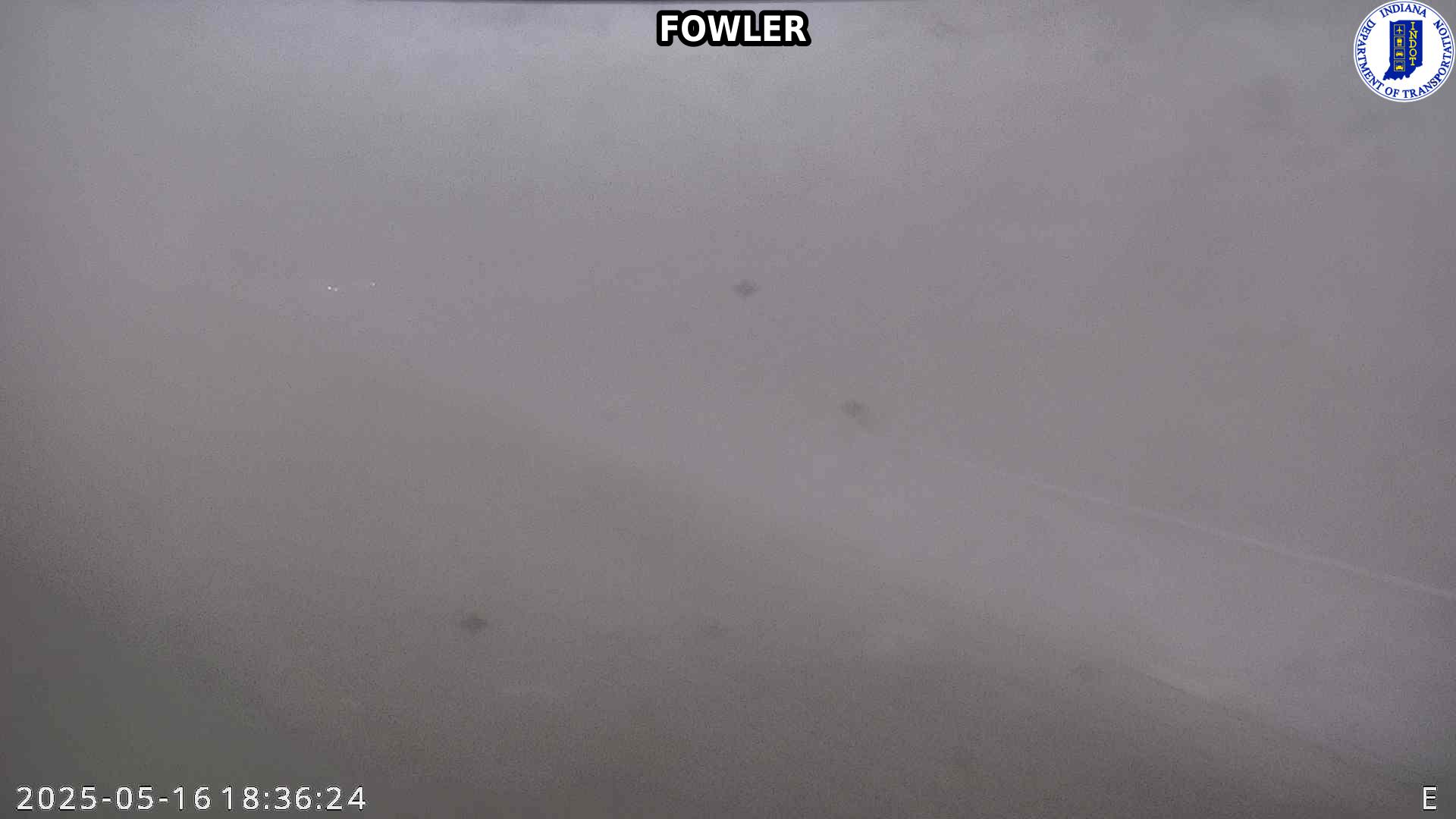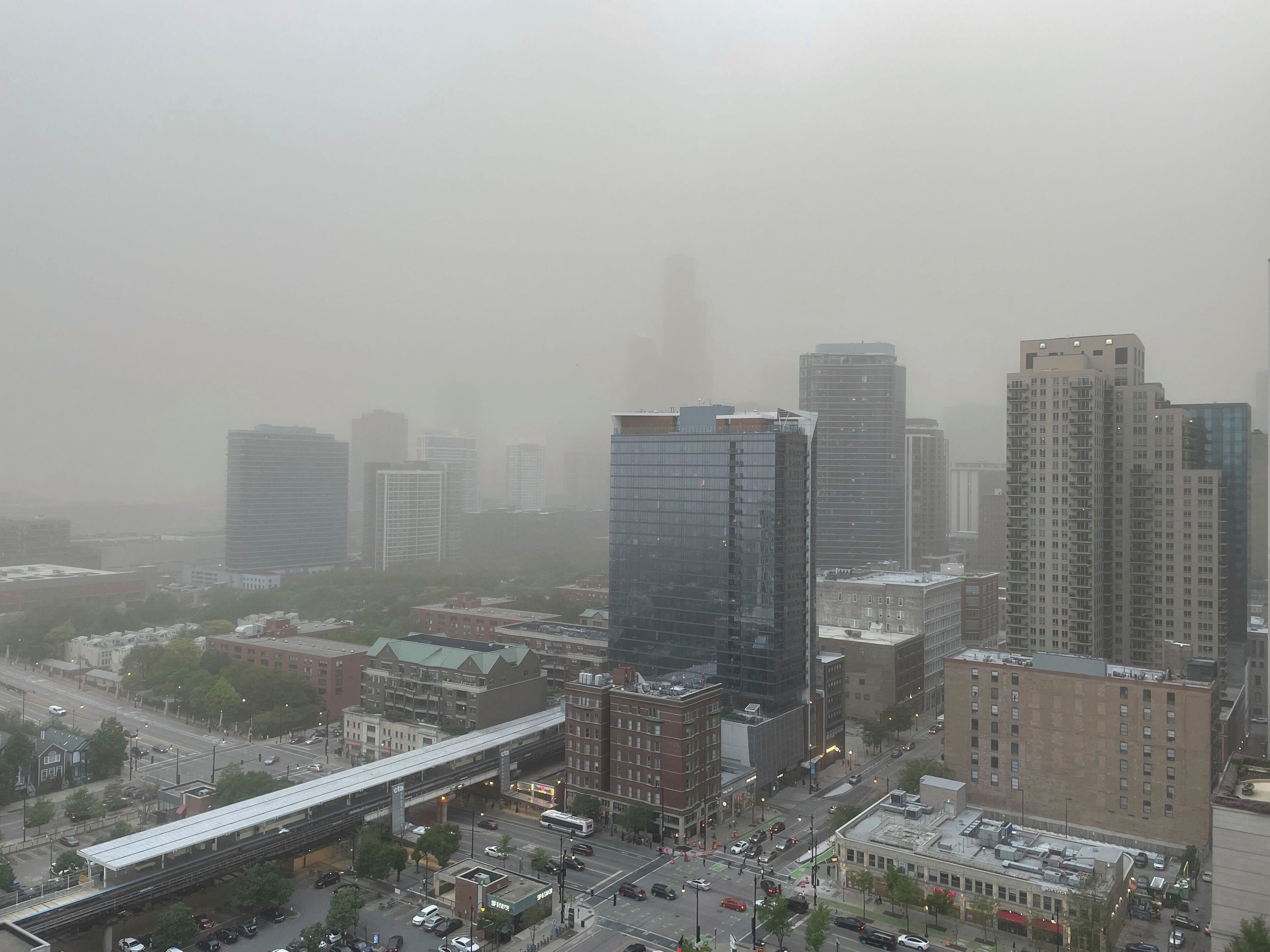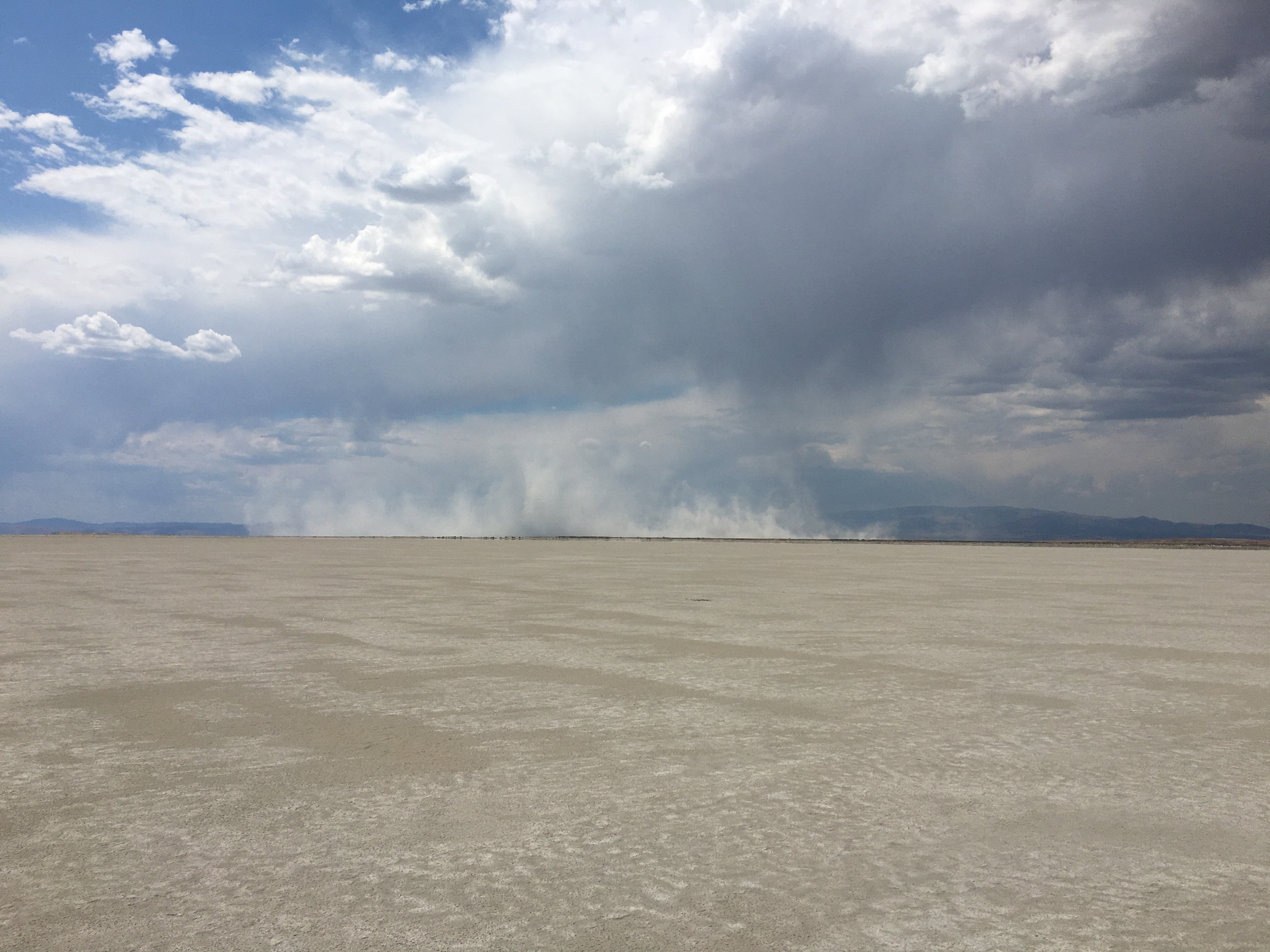ARTICLE AD BOX
A massive wall of dust enshrouded the city of Chicago recently, forcing a ground stop at the Midwestern hub’s airports and stunning the city’s more than 2.6 million residents.
But, while sudden dust storms can be dangerous, the lesser known harms lie in the windswept particles themselves — with the Chicago dust storm likely to contain lead, farm chemicals and particles that aggravate respiratory conditions such as asthma. “I’m sure people will have some health issues after it,” said Karin Ardon-Dryer, an assistant professor at Texas Tech University, said of Saturday’s event.
Carried by strong winds and an approaching thunderstorm, the ominous Illinois cloud brought near-zero visibility to highways in just a matter of minutes. People received emergency warnings on their phones from the local National Weather Service office. Local forecasters had anticipated the blowing dust days earlier.
“We definitely had awareness that there was a possibility of some blowing dust. But, the fact that it got into downtown Chicago is what really surprised us,” Eric Lenning, the meteorologist-in-charge at the National Weather Service’s Chicago office, told The Independent.
“It’s kind of unprecedented. At least, in our generation, if not earlier,” he said, noting that the Midway Airport had dropped to a quarter mile of visibility with a wind gust of 60 miles per hour.

Haboobs, another term for intense dust storms, can occur anywhere in the U.S., but are most common in the Southwest. Dusty El Paso, Texas, has seen 10 just this year, according to Inside Climate News. So far 2025 is only trailing the Dust Bowl years of 1935 and 1936.
Last Saturday’s storm started near Bloomington, Illinois, before traveling northeastward. It was the first such storm of this magnitude to hit the Windy City since the Dust Bowl, in the early-to-mid-1930’s – the first in 91 years.
With dust storms come particulate matter, known as PM.10 and PM2.5. PM2.5 are the same polluting particles in wildfire smoke, that have been tied to increased emergency department visits.

In addition to the expected impacts on the respiratory system and for people with conditions like asthma, there are cardiovascular and pulmonary effects.
Like other blowing dust, the composition of the Illinois dust could include heavy metals. Lead exposure is another concern, according to U.C. Merced researcher Estrella Herrera. Exposure can result in reproductive issues, high blood pressure, hypertension, nerve disorders, muscle and joint pain, and memory and concentration problems in adults. In children, it can lead to hearing problems, slowed growth, headaches, learning and behavioral difficulties, lowered IQ, and damage to the brain and nervous system.
“There’s lead. It looks like it’s everywhere in Chicago. So, that can be picked up and we can breathe it. It not only goes to the lungs but also goes to the … veins. It can travel the whole body,” she said.
Pesticides used in agricultural practices are also concerning. In 2019, there was a high complaint of the misuse of pesticides in Illinois, she noted. It decreased last year, but is still there.

Those pesticides, carried in the dust, could cause skin irritation, neurological and respiratory problems, and increase the risk of cancer and other chronic conditions.
The solution to reducing exposure lies at Illinois farms.
“In a place like Illinois where the source of the dust is agricultural … trends in dust can be very strongly controlled by changing farming practices,” Stuart Evans, an assistant professor at the University of Buffalo said. “If you change how you till the soil or when you till the soil or whether you have a windbreak or whether you use a land cover to hold the soil down. There are lots of human choices that go into affecting how much dust there is in the eastern part of the U.S.”
There’s lead. It looks like it’s everywhere in Chicago. So, that can be picked up and we can breathe it.
Estrella Herrera, a researcher at U.C. Merced
But, farms aren’t the only way communities may be threatened.
Kevin Perry, a professor of atmospheric science at the University of Utah affectionately known as “Dr. Dust,” knows that well. He’s experienced 10 dust storms on the western state’s Great Salt Lake, that he said felt “like you’re getting sandblasted.”
Perry’s studied the toxic dust coming from Utah’s lakebed. It’s full of cancer-causing arsenic, mercury, and a dozen other metals. Exposure can lead to a severe medical response, and people should stay inside if they can, he pointed out.
“If those metals make it to the surrounding communities frequently and at high enough concentrations, then it could lead to a rise in the rate of certain types of cancer. Skin cancer, lung cancer, and bladder cancer are the most commonly associated with arsenic,” Perry said.
As the lake continues to dry up due to climate change, certain parts are getting even dustier. The frequency of local dust storms is expected to increase. The most recent storm was at the end of last month, according to ABC 4.

“Most of the time, people will notice a dust storm, but I’d say a lot of the time that they’re completely unaware that dust events are happening,” he added.
Climate change is making the droughts that can contribute to the formation of dust storms longer and more severe. Ardon-Dryer said modeling work shows there’s a “very strong link” between dust storms and climate change, and this year is expected to be a particularly dry summer for the West.
Climate exchange has contributed to a process known as “desertification,” according to David Lerach, an associate professor at the University of Northern Colorado. Earth’s major drylands have “been trending toward becoming even dryer.”
“As a result, these regions are more prone to future dust storms,” he noted. “However, individual dust storms occur on relatively small scales and only when multiple ingredients line up, including strong wind events.”
The future of dust in the U.S. remains unclear. What is certain, Merced assistant professor Yemi Adebiyi told The Independent, is that it can be everywhere. Dust travels across oceans and continents, reaching from China to the Pacific Northwest and from the Sahara Desert to Texas.
“What is happening in one place has connections to what is happening everywhere else – even if you can’t see it,” he said.









 English (US) ·
English (US) ·